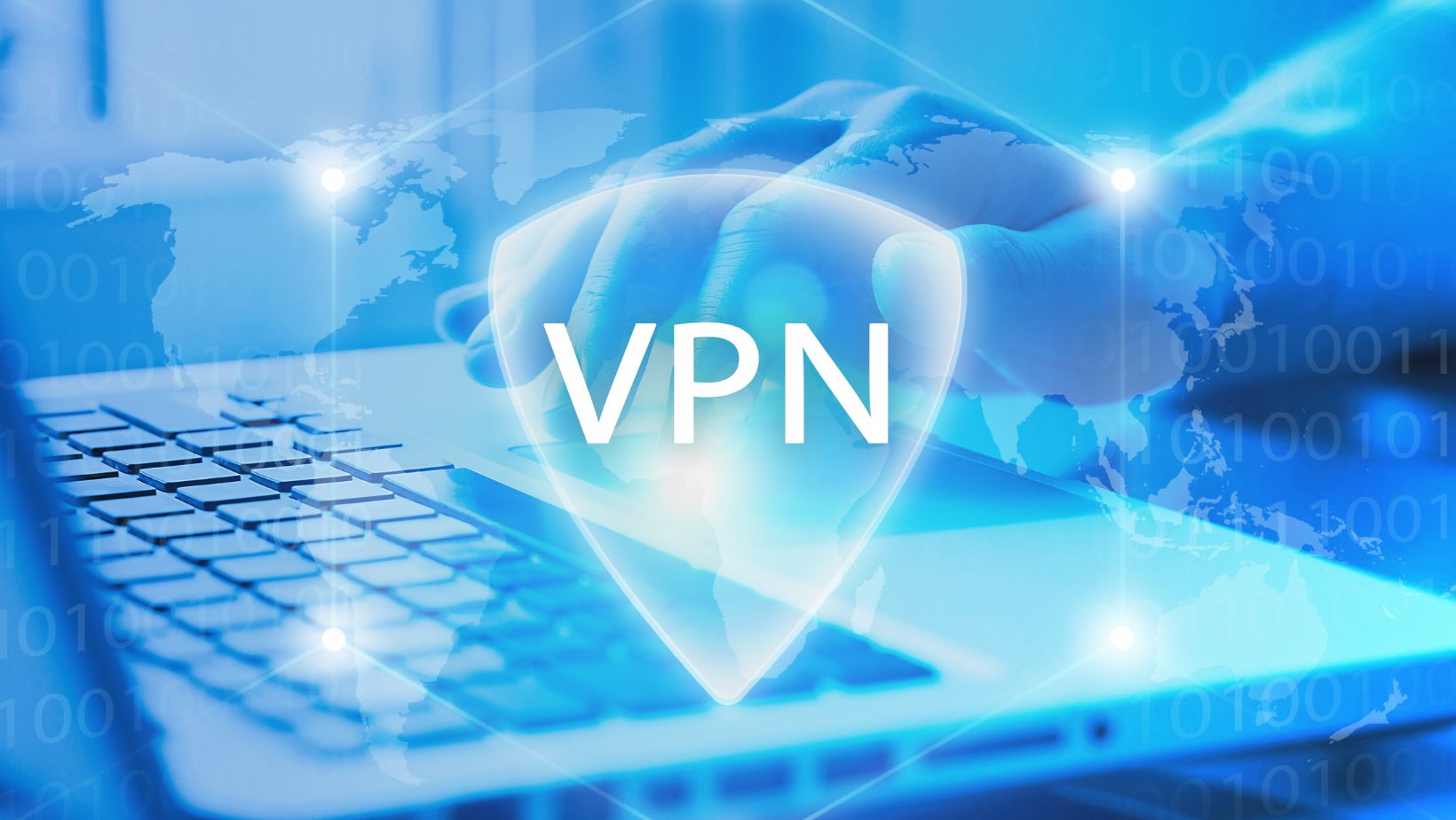The VPN industry is increasingly being driven by AI innovations that are fundamentally changing how we think about online privacy and security, and while traditional VPN services have long provided basic encryption tunneling, the integration of AI is creating smarter, more adaptive, and significantly more effective privacy solutions.
Speed Up Safety, AI-Based Server Selection
AI is Changing the Face of VPN Technology with Smart Server Selection and Traffic Management. Unlike conventional VPNs which rely on a single metric such as ping times or user-selected servers, our AI evaluates numerous factors simultaneously—server load, distance between server and user, performance history, and content types—and directs connections to the fastest, most reliable nodes along a path to their destination.
According to the Cybernews experts, privacy frequently gets overlooked. It is a must to consider the best data removal services, to ensure privacy improvement, also enhanced removal of your personal data available on online databases. They allow for sensitive information to be wiped from data brokers, public records, and online market-places, leaving a tidier digital footprint. Machine learning models learn from user behavior and network conditions to help VPNs anticipating problems with a connection, ensuring that optimal performance, stable, secure, and private stable online experience across all devices are consistently maintained.
Advanced Threat Detection and Response
AI is transforming VPN security capabilities through sophisticated threat detection mechanisms that go far beyond traditional firewall protection, and modern AI-powered VPN systems employ behavioral analysis to identify suspicious network activity in real-time.
Key AI Security Enhancements Include:
- Anomaly Detection: Machine learning algorithms establish baseline patterns for normal user behavior and network traffic, flagging deviations that might indicate malicious activity or compromised connections.
- Adaptive Encryption: AI systems can dynamically adjust encryption protocols based on threat levels and network conditions, ensuring optimal security without unnecessarily impacting performance.
- Intelligent Kill Switch Management: Rather than simply cutting connections when VPN tunnels fail, AI systems can implement graduated responses, attempting reconnection strategies or rerouting through alternative secure pathways.
Bandwidth Management and Performance Optimization
Traditional VPN services often struggle with bandwidth allocation, which can lead to inconsistent performance across their user base, but AI is solving this challenge through predictive bandwidth management and dynamic resource allocation.
Machine learning algorithms analyze usage patterns across different times, locations, and user types to predict demand and allocate resources accordingly – this prevents network congestion during peak usage periods and ensures consistent performance for all users.

AI-powered compression algorithms are also improving data efficiency by intelligently compressing different types of traffic based on content analysis, reducing bandwidth usage without compromising data integrity or user experience.
Protocol Innovation and Adaptive Networking
The development of AI-driven networking protocols represents perhaps the most significant advancement in VPN technology. New protocols like this can adapt their behavior based on network conditions, user requirements, and security threats.
Smart protocol switching allows VPN clients to seamlessly transition between different connection methods based on real-time analysis of network conditions. So, if a particular protocol is being throttled or blocked by internet service providers, AI systems can automatically switch to alternative methods without user intervention.
AI is also enabling the development of stealth technologies that make VPN traffic increasingly difficult to detect and block – these systems use machine learning to mimic regular internet traffic patterns, effectively camouflaging VPN usage from deep packet inspection and other detection methods.
User Experience Personalization
AI is personalizing VPN experiences in ways that were previously impossible, and machine learning algorithms analyze individual user preferences, connection patterns, and performance requirements to create customized VPN configurations.
Personalization features include:
- Automatic App-Specific Routing: AI can learn which applications require VPN protection and which can safely bypass the tunnel, optimizing both security and performance.
- Predictive Connection Management: Systems can anticipate when users will need VPN protection based on location, time, and usage patterns, automatically establishing connections before they’re needed.
- Intelligent Split Tunneling: Rather than requiring manual configuration, AI can dynamically determine which traffic should route through the VPN tunnel and which can safely use direct connections.
Future Implications and Industry Evolution
The integration of AI in VPN technology is creating ripple effects throughout the cybersecurity industry, and as they become more sophisticated, they’re raising the bar for what users expect from privacy and security tools.
The emergence of AI-powered VPN technology is also influencing regulatory discussions around privacy and data protection, which has led to governments and regulatory bodies grappling with how to balance security concerns with legitimate privacy rights.
Looking ahead, we can expect to see continued innovation in areas such as quantum-resistant encryption protocols, advanced traffic obfuscation techniques, and even more sophisticated threat detection capabilities. The convergence of AI and VPN technology is not just improving existing services, it’s fundamentally redefining what’s possible in the realm of digital privacy and security.
AI continues to evolve, and VPN services that fail to integrate these technologies risk becoming obsolete, while those that embrace AI innovation are positioning themselves at the forefront of the next generation of privacy protection tools.

